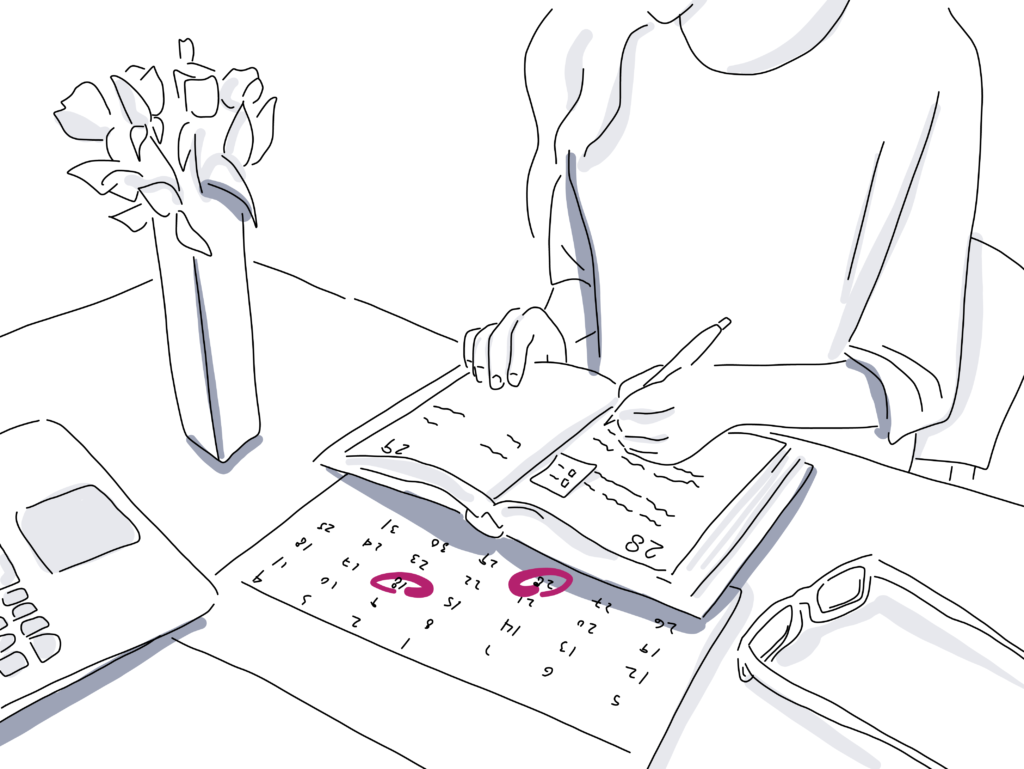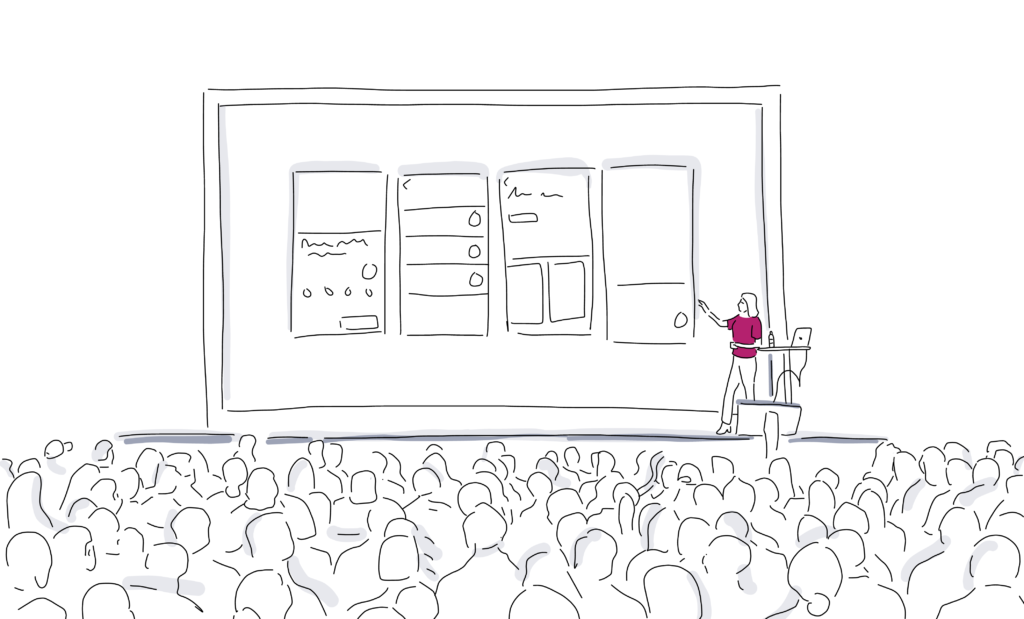
4 Tips For Creating a Smooth Timeline for Your Event
The right timeline for an event can play a vital role throughout the entire day of the event. Without a thought-out timeline, you risk missing important deadlines that are crucial for your event.
So, when you sit down to the plan the timeline for your event, consider these four key tips to make sure it goes off without a hitch.

1. First schedule the non-negotiables
When I craft my first draft of an event timeline, I typically start with the non-negotiables. These are things on your timeline that you cannot move around.
Here are a few examples of non-negotiables:
- The keynote speaker (who has a busy schedule) is coming in for your conference. They have to catch a flight at 8 p.m., therefore, they have to be off your stage by 6 p.m.
- Your corporate client tells you that breakfast and lunch have to be at 8:30 a.m. and 12:00 noon.
These scheduled agenda items are the ones I always start off with because I know they’re set in stone. That means I have to plan other events around them.
By starting with these anchors in your day-of timeline, you can then fill in other items around them.
2. Include your vendors’ timing
Planning around your vendors’ schedule comes after the non-negotiable timeline items. Your event suppliers help your event come to life ” and to do so, they need to know when everything is happening.
This isn’t as hard as it sounds. Your vendors likely have a good idea of how much time they need. When you’re crafting your timeline, sit down with each of these vendors and determine how much time they need for each particular part of the event they are participating in.
For instance, consider these things when creating the timeline:
- Ask the caterer how long it takes to serve a seated, four-course meal for 500 people. Plan the meal and any other events in that timeframe.
- Ask the A/V suppliers how long it will take them to run wires and set up the screens and audio equipment for your conference. Work backward, and make sure they can get into the venue at the right time.
Keep in mind that your vendors’ timelines could affect your event budget. Let’s say you only booked the venue for the day of the event. Then you find out one of the vendors needs to set up the night before. You’ll need access to the venue for longer, which will cut into your budget.

3. Iterate on your timeline draft, then do it again
Another tip to build an efficient timeline for an event is to create multiple drafts. I always start with a few drafts that I iterate upon before sharing it with the team. When you’re making an event planning timeline, it will take several drafts before it is complete.
Your schedules should always include wiggle room. That way, you don’t have to stress if a speaker goes over their speaking time or if a room isn’t flipped in time for the next session. By adding buffer time, you can account for the things that don’t go exactly according to plan.
[Tweet “Add a buffer of time into your timeline so you can account for any event pieces that run long.”]

4. Share the day-of timeline with your event stakeholders
Once you’re done with your event schedule ” well in advance of the actual event ” send it out all the stakeholders. Give them some time to respond with feedback.
Are there potential pain points they can point out that you may not have caught? Will any suppliers need more time than you allocated? Are the dates and times correct? By including your vendors in the event timeline creation, everyone knows when and what to expect from you.
There are many moving parts to any and all events. Whether it’s a timeline for a corporate event, conference, or social event, creating a thorough timeline for an event is my lifesaver.
Up next, discover how to make a long-term event planning timeline, or get started keeping track of your guest list and making your event seating chart.
What tips do you have for creating a day-of event timeline? Share them with us on LinkedIn!

